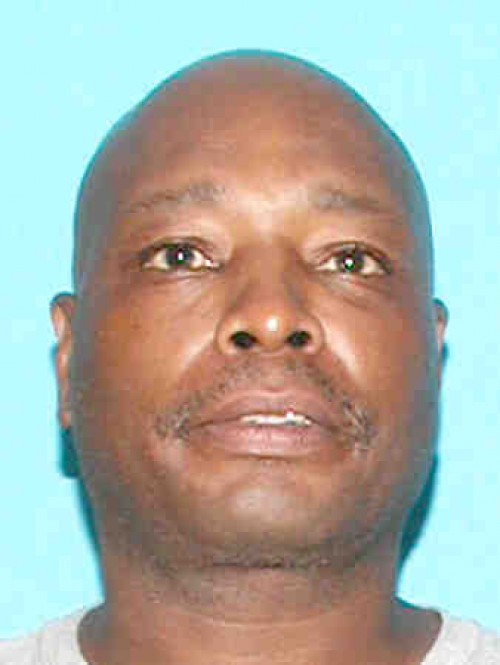Danny Davis
January 22, 2007
Panty-clad man arrested in Mulberry area
January 24, 2007John’s gospel regarding Mary, the mother of Jesus, is very intriguing. Mary appears only twice in John’s gospel. Like bookends John mentions her at the beginning of Jesus’ public ministry at Cana and then at the end of his public ministry under the cross. In both instances, John does not even use her name. He calls her “the mother of Jesus.” Mary does not visit Jesus during his ministry as some of the other gospels recount. When Jesus speaks to Mary, he calls her “Woman.” This is not a put down. Rather, John is conveying a deeper meaning.
At the wedding feast Jesus says, “Woman, what concern is that to you and me? My hour has not yet come.” (John 2:4) When Jesus is hanging on the cross, John writes, “When Jesus saw his mother and the disciple whom he loved standing beside her, he said to his mother, “Woman, here is your son.” Mary helps usher in “his hour” at Cana. When “his ultimate hour” finally arrives, Mary becomes the mother of all believers.
The name “Eve” means “mother of all the living.” Eve helped usher in sin and death. Now Mary becomes the “New Eve.” She helps usher in grace and life in the new kingdom flowing with the choicest wine. However, it is only under the cross when she identifies with Jesus’ suffering and death that she becomes mother of all those living God’s life.
Sometimes poets can express a lesson better than we can. Elizabeth Barrett Browning wrote: “This race is never grateful: from the first, One fills their cup at supper with pure wine, which back they give at cross-time on a sponge, in bitter vinegar.”
The contrast between Jesus’ first miracle at Cana and his last breaths on the cross could not be more striking. Yet, even in the joyful setting of the wedding, there is a foreshadowing of what is to come. Jesus remarks to his mother, “My hour has not yet come.” He then turns water into fine wine.
On the cross, after speaking one last time to his mother, John’s gospel mentions the “hour” again. Jesus is given a sponge soaked in “common wine,” (Browning’s “vinegar,”) and he releases his spirit with the words, “It is finished.” His “hour” among us, the earthly mission that Jesus began with the miracle at Cana, ends at Calvary. We all know that Jesus suffered death for us. John also reminds us that he first celebrated life with us.
What Jesus did at Cana was not a one time occurrence. The changing of water into wine is a symbol for what would happen throughout his ministry. Everywhere he went the old was made new. For the widow of Nain he changed tears into joy. For Zacchaeus he changed selfishness into love. For the thief on Calvary he changed despair into hope. And on Easter morning he changed death into life.
Sometimes, we can see the miracle and miss the meaning. Jesus did not come to perform miracles. He came to bring us salvation. The Gospel of John calls these miracles “signs.” Signs point us to the real message that Jesus came to bring. What is this sign pointing to?
Jesus took plain water used for purification and changed it into wine to show us that water alone does not purify. God has taken the initiative to give us what we really need in Jesus Christ. Jesus is God’s wine that will nourish the spirit and gladden the heart. God can do what we cannot do for ourselves. God is both able and willing to give us what we need to endure and triumph in following Jesus Christ.





